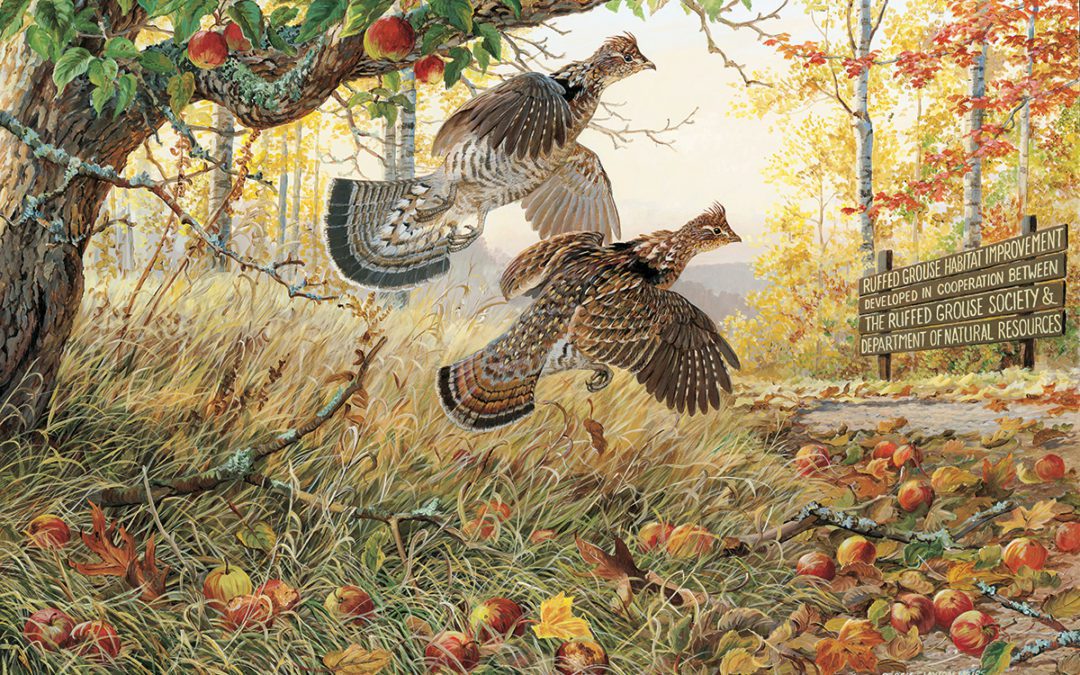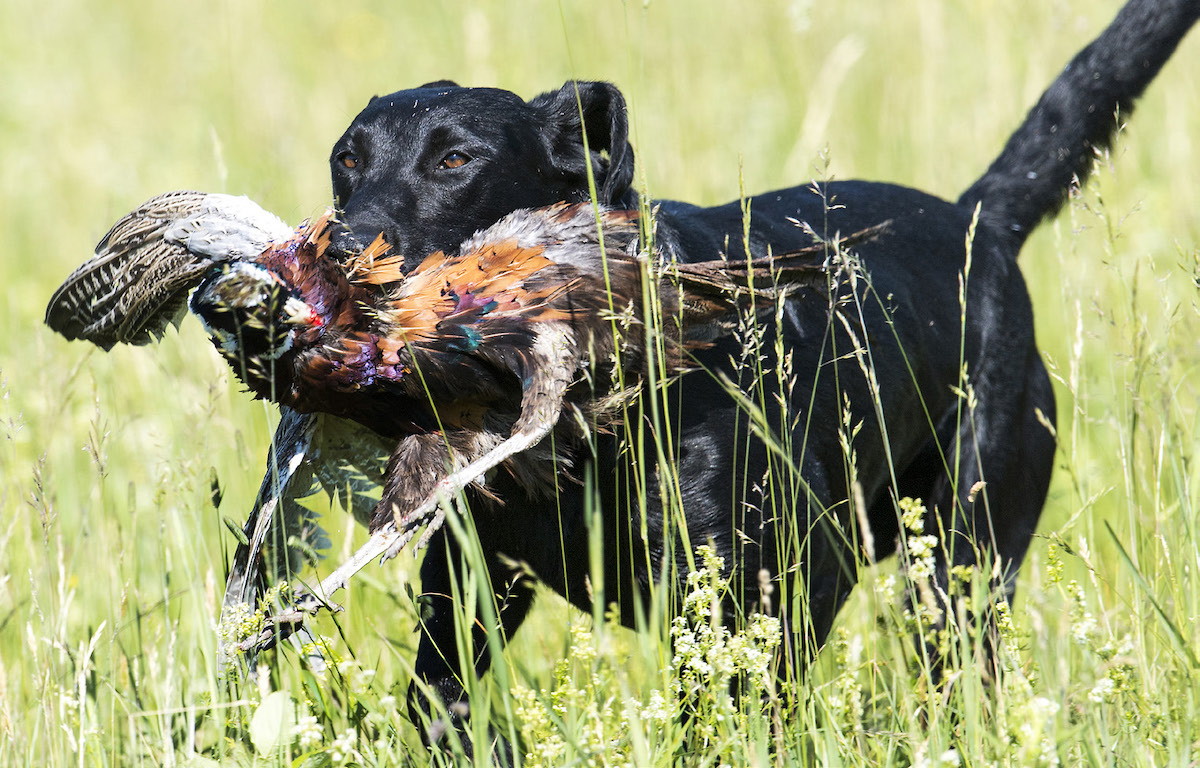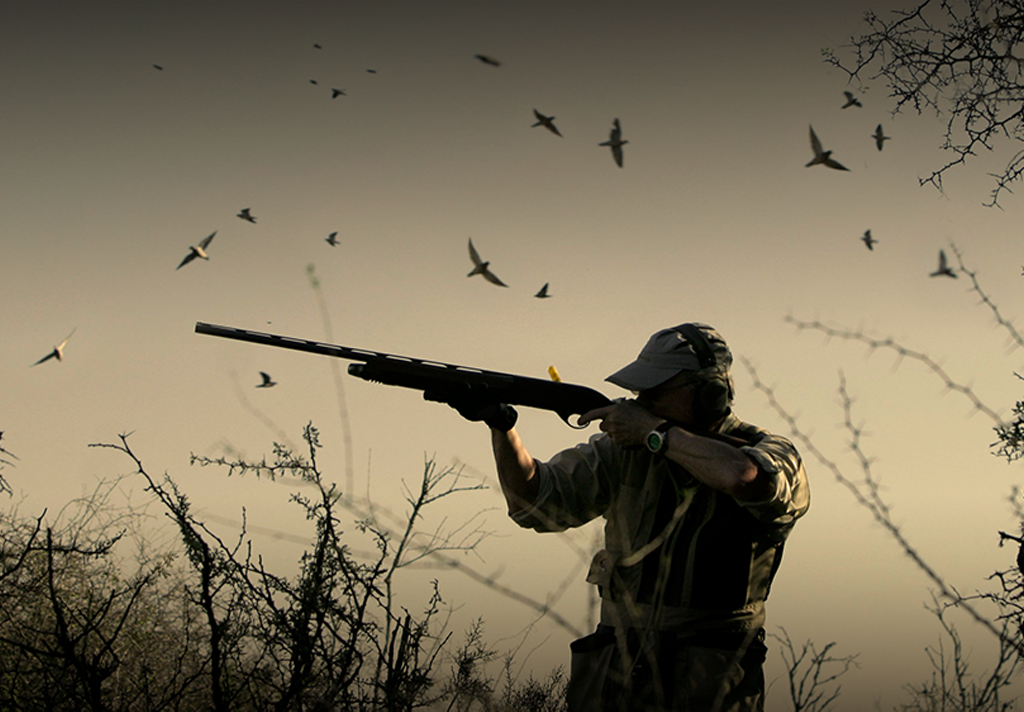Once upon a time Bob Sohrweide had a ruffed grouse cover. He’d had other covers before and since but this one was his best. Bob found it in his eighth grade Latin class. Let me tell you…
As Bob walked into his classroom, he overheard Robbie Trotta finishing a story to Aram Schroeder. “And those birds busted up all around my dirt bike. Made a noise like a loud window shade going up fast. Brrrrrrup. Five, six of them. Scared the crap out of me and I slid the bike into an apple tree.”
Bob put his briefcase on his desk and turned to the boys. “Where was this, Robbie?”
“Up in the old apple orchard above my house. I have a bike trail that I ride along that ridge.”
“What’d the birds look like, Robbie?”
“Brown, the size of a small chicken, with a band along the tail. I got a real close look at ‘em. They got up all ‘round me. I thought they were pheasants, but Dad said they were pa’tridge.”
“Thanks, Robbie. Who’s picking you up after soccer practice?”
“My Dad.”
“Well, I want to talk to him about those birds.”
“Sure thing. We won’t leave ‘til you see him.”
Bob smiled and nodded at Robbie, picked up a piece of chalk and turned his attention to the class.
“Let’s talk about third declension nouns.”
Two days later, on a cool, blue-sky Saturday afternoon, Bob followed a scampering Boykin spaniel up Robbie’s bike trail to the crest of the ridge. Bob’s hunting partner and the owner of Tessie, Jim Heath, was coaching a football game that afternoon, but upon hearing Bob’s plan to hunt/scout a new bird covert Jim had lent Bob Tessie for the afternoon’s hunt.
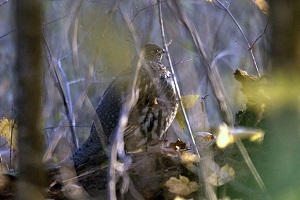 “She needs a workout,” Jim said. “She hasn’t been out bird hunting for ten days. Football practice and games get in the way.”
“She needs a workout,” Jim said. “She hasn’t been out bird hunting for ten days. Football practice and games get in the way.”
“I’ll give her a good one,” Bob said. “It’s a long walk to the top and Robbie says that it’s thick cover up there. Whether we see birds or not, Tessie’ll sleep tonight.”
Bob walked up the ridge watching Tessie work the thin undergrowth between the mature trees. He carried his twenty-gauge Ithaca over/under at port arms, with thumb ready on its tang safety, and listened to the merry music of the dog’s small cowbell. If a bird flushed, he meant to be ready.
Bob took his time walking the long way up to the flat plateau on top of the ridge. He picked his way through several clumps of blow-down in a gully, letting Tessie work her way through the brush ahead of him. The ground cover was sparse, the forest mature, with no apple or pine trees in sight. Not much of a place for a ruffie, but a great place for Tessie to run off some energy before they got to the cover on top that Robbie had described.
“There’s apple trees, barberries, pines, a small creek, a marsh, thorn bushes, a cellar hole,” Robbie said. “The birds got up out of the apple trees and flew for the pines. Five, six of ‘em. One after another. I got a good look.”
“A good look,” Bob thought. “I’d give a lot for a good look at five ruffed grouse when I’m carrying this shotgun.” That story of Robbie’s had brought him up here, shotgun in hand, hopeful.
Bob watched Tessie, imagined a flush, a fast crossing shot; he turned toward the racing bird, bringing his twenty gauge to his shoulder, swung ahead of the ruffie and, in his mind, took the shot. Bob grinned as he shouldered the twenty gauge again at another imagined bird. This little twenty-gauge over/under was a dream. Twenty six inch barrels bored Improved Cylinder and Modified, a little over six pounds and beautifully balanced – he’d shot it at enough clays to be smooth and confident. Now he needed a look – a good, open look – that rarest of sights for a grouse hunter – at a pa’tridge. Robbie had gotten a look by accident; now Bob was hunting one.
He followed Tessie farther up the ridge, mouth-breathing now from excitement, weariness and anticipation, hoping to hear the heart-pounding sound of a grouse flushing, but knowing that this area was too open for a ruffie to be comfortable feeding or sheltering. At the top of the ridge and in sight of thicker, more productive looking cover, Bob found a large, comfortable-looking boulder, called Tessie to him and sat down to prepare himself. A trickle of sweat ran down his face. He needed to catch his breath and sit a bit before hitting the apple trees and thickets he saw ahead. Rested arms and legs swung a shotgun better than tired ones.
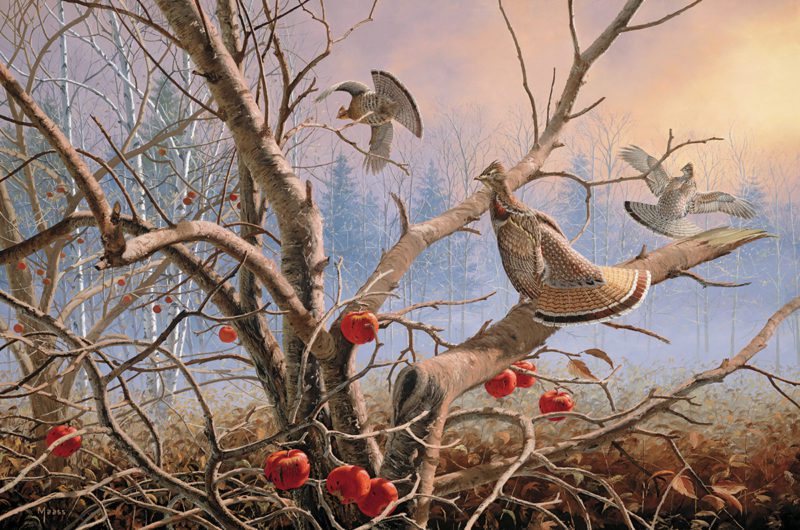
Five minutes later, after Tessie gave him The Look, the one that meant get moving, Bob said, “Okay, girl. Take me in.” Tessie had two years of pa’tridge hunting experience behind her and probably knew grouse cover better than he did so Bob decided to let her guide the way into the cover. She headed straight through the brush toward an old, overgrown group of apple trees.
Bob watched as the little Boykin disappeared into the thick barberries and followed her progress by the shaking brush and the soft sound of her bell. Anticipating that any flushed bird would head for the cover of the pines, Bob moved to Tessie’s right and finding deer paths through the head high brambles and lower barberries, got between her position and the stand of pines he saw a hundred yards away.
Five minutes, ten minutes. Dodging thorns and weaving through briars and low brush. Using his hat brim to block thin branches and thornbushes. At times backing out of a spot, moving left or right and starting forward again. Forward in this case being a general and shifting direction, one depending on the possibility of passage through the thickets. Grateful for the deerskin gloves on his hands. The soft sound of Tessie’s bell at times muffled by the crackling of brush and his curses, but a sound leading him forward.
Then Bob heard another sound, the loud brrrrup of a ruffie’s flush. He looked up toward the sound as he tried to mount his shotgun in the tangle of a briar thicket. Hung up in the barbed-wire-like grasp of the brush, Bob could only watch as a bird flashed out of the thick cover and flew for the pines. He smiled. A bird was here, and his plan of getting a shot at it as it flew for the pine trees almost had worked. This was good cover; he needed to let Tessie work it and get himself clear so that he could get a shot. If the birds Tessie flushed flew for the pines, Bob needed to be on their flight path.
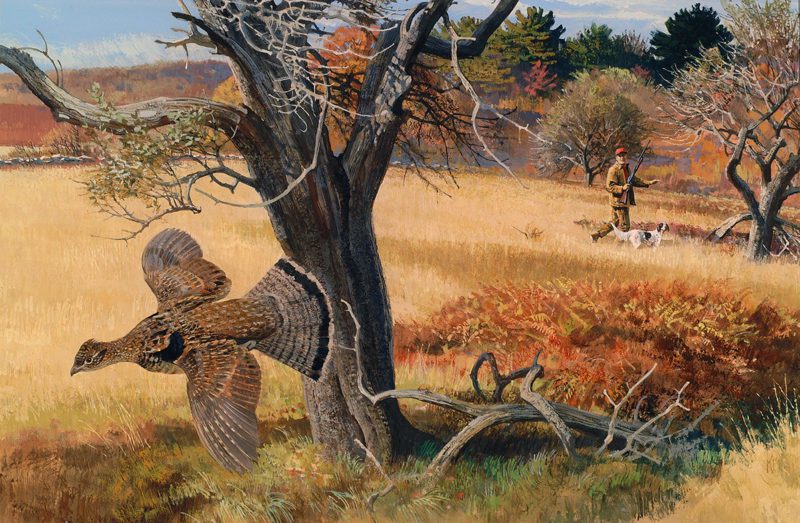
Five minutes later, Bob forced his way out of a head-high briar patch onto a deer path that traveled between barberry bushes. As he put his right foot down next to a fallen birch tree, a reddish-brown bullet erupted from the ground between his foot and the tree. It flew into the air at a fifty-degree angle – a straightaway shot. Bob’s feet were firmly on the ground; his arms were free from the restraints of briars and brush; his heart was racing; his gun came up, covered the racing grouse and fired twice. The first shot was hurried and missed. The second shot folded the bird up and it fell leaving feathers in the air behind its twisting body.
Bob walked over to the place he’d marked the bird’s fall. “Jeez, slow down,” he chided himself. “Slow is smooth and smooth is fast. Slow that first shot down.” He hung his hat on a nearby bush and began to circle looking for a dead bird.
Tessie came crashing in. Bob said, “Dead bird, Tessie. Hunt dead.” And she went to work, burrowing into the ground cover. Feathers were still floating in the air. Ten yards away Tessie gave a sharp bark and the bushes shook. Bob walked over and found a stone-dead ruffie belly up under a bush with Tessie standing over it. She had done her part, now Bob did his and picked the bird up. “Good dog, Tessie.” Bob turned the reddish brown bird over in his hands and admired the feathering. A broken band on her tail, a female. “C’mon, girl. Let’s find another one.”
That Monday in Latin class Robbie Trotta asked, “ How’d ya do, Mr. S?”
Bob thought back to the blue-skied Saturday afternoon, to the thick cover, to the fourteen flushes, the five opportunities to shoot, the three misses and the two dead ruffed grouse he’d carried home, “Well, Robbie, let me tell you…”
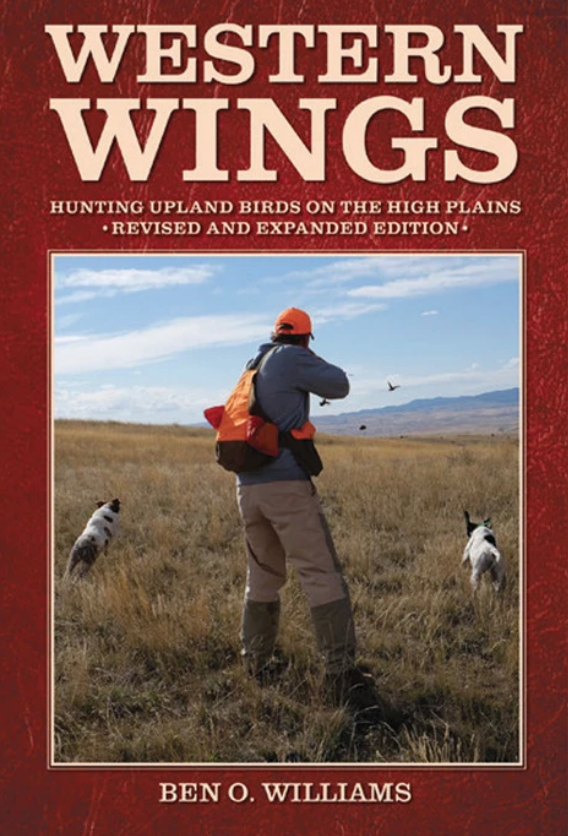 This book is the culmination of his 50+ years spent in the field, not only hunting, but also seeking to understand everything about upland birds and their environment. Ben Williams discusses literally everything about these wonderful game birds and the country in which they live.
This book is the culmination of his 50+ years spent in the field, not only hunting, but also seeking to understand everything about upland birds and their environment. Ben Williams discusses literally everything about these wonderful game birds and the country in which they live.
Hungarian partridge, sharp-tailed grouse, sage grouse, prairie chickens, western ruffed grouse, blue grouse, spruce grouse, and pheasants are all covered in more detail than ever before in print: their habits, throughout the year, habitat, mating ritual, identification, what they eat and why, and—most importantly—how to look over a vast section of prairie and identify the habitat within the habitat to locate birds and much, much more. Buy Now

